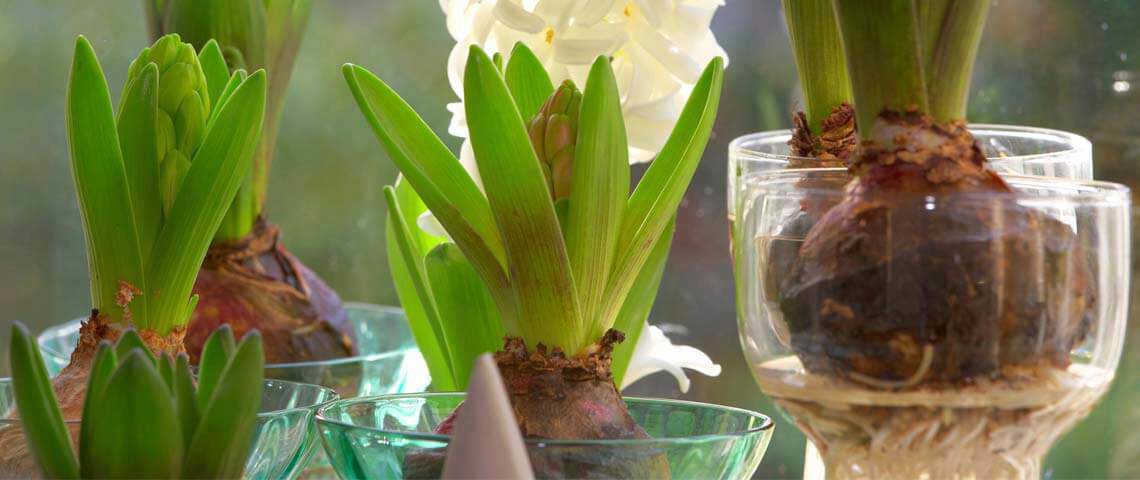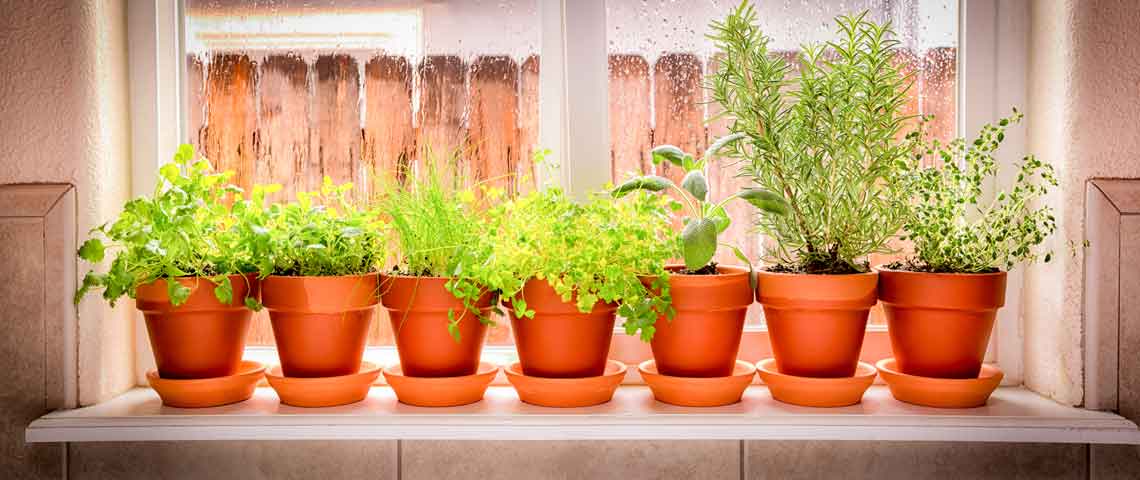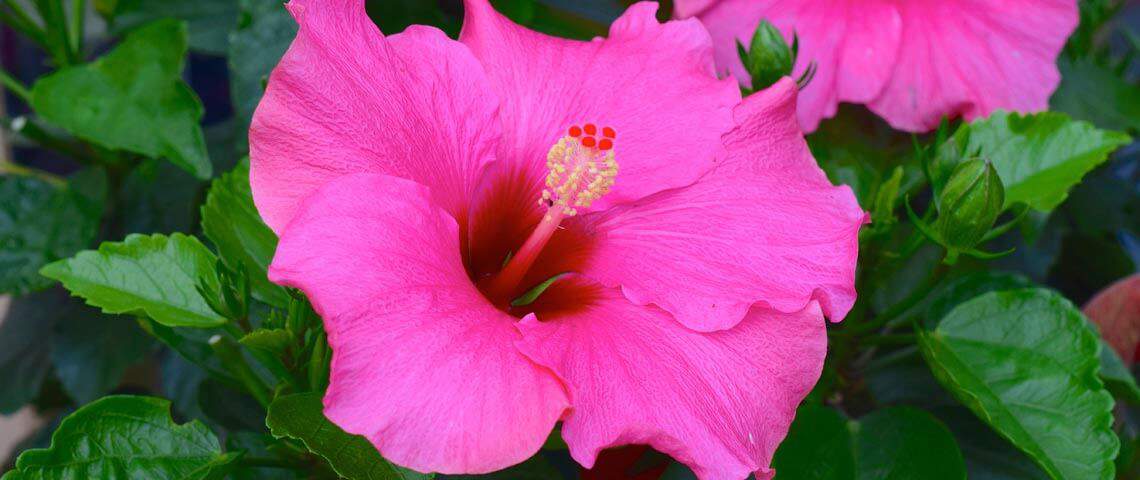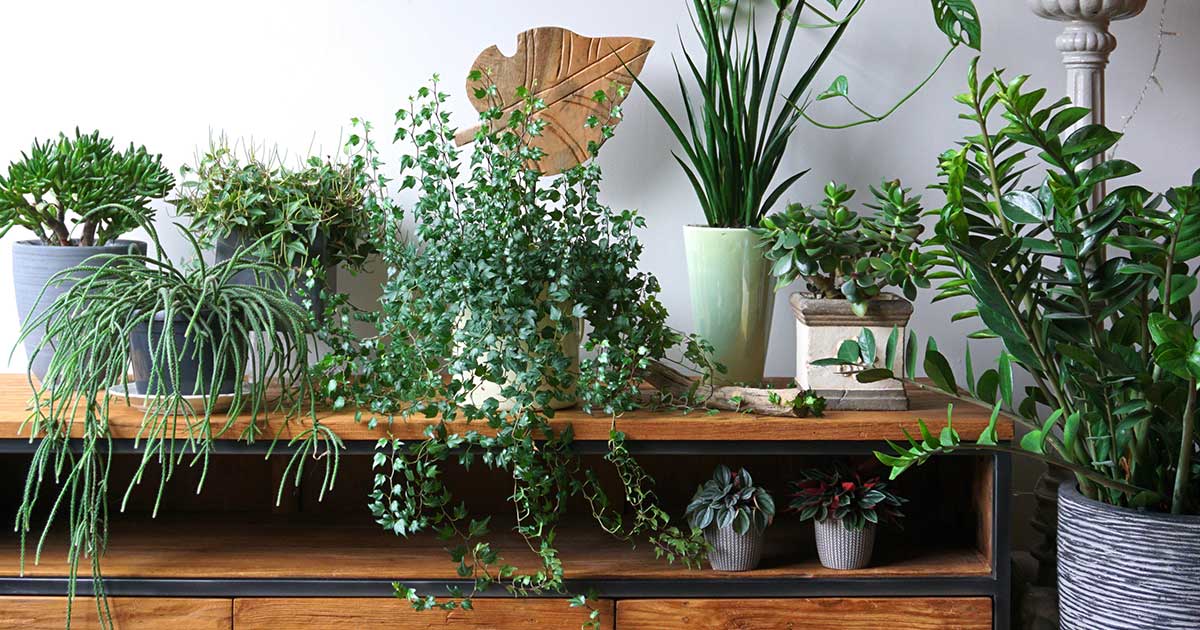How to Create a Garden for Nighttime Viewing
Before modern landscape lighting, gardeners relied on moonlight to make plants and outdoor spaces come alive at night. By incorporating plants that offer special benefits during nighttime hours, you can create gardens perfect for late-night entertaining or evening strolls after long days at work.
Plants for moonlit gardens add beauty around the clock, but nightfall brings out their best, showing off flowers, fragrances, colors, textures, shadows and silhouettes. With plant choices from the following categories, your gardens can sparkle under moonlight:
- Night-Blooming Plants
- Night-Fragrant Plants
- Light-Reflecting Plants
- Keeping Gardens Ready for Moonlight
Night-Blooming Plants
Some plants only flower during daylight hours, while others bloom day and night. Still others reserve their blossoms for evening enjoyment. Individual flowers on night-blooming plants sometimes last only one night, but new flowers take their place each evening. During daytime hours, these plants add buds, foliage and form to gardens. At night, plants such as the following draw nocturnal pollinators to open blooms:
- Moonflowers, known by the botanical name Ipomoea alba, are nighttime versions of morning glories, their close relatives. Grown as annuals in the United States, these fast-growing vines open fragrant flowers at dusk and close them with the morning sun. Measuring up to 6 inches wide, their large white blooms appear from early summer until frost.1
- Four o'clocks (Mirabilia jalapa) open their colorful, trumpetlike blooms around 4 p.m. each afternoon, just as their common name suggests. Replanted each year, these pollinator favorites bloom in shades of white, yellow and pink that welcome evening light. Their pleasing aroma of vanilla with a citrus splash fills moonlit gardens from midsummer until frost.
- Evening primrose (Oenthera spp.) unfurl their flowers as nighttime approaches, adding a sweet, clean scent to evening air from spring through late summer. Depending on the species, these night bloomers may be soft yellow, brilliant white or pearly pink. The petals glisten under moonlight.

Night-FragrantPlants
Plants that emit nighttime fragrances contribute to gardens even when new moons limit light. Some intensely fragrant plants bloom only at night, but many daytime bloomers release their most pungent fragrances after sundown. Strategic placement near windows, doors and nighttime paths adds to the appeal of aromatic evening plants such as the following:
- Tuberose (Polianthese tuberosa) add sweet, jasmine-like aromas to daytime gardens, but the fragrance of the brilliant white flowers intensifies during late-summer nights. Valued by the perfume industry, these tender bulbs do very well in decorative containers, indoors or out. Held on tall stems, the flower clusters add striking silhouettes at night.
- Nicotianas (Nicotiana spp.), also known as flowering tobaccos, bring aromatic blooms to gardens from late spring until frost. Some types flower day and night; others open only at dusk. Either way, their sweet, powerful fragrance grows stronger at night. Grown as annuals in the U.S., nicotianas offers trumpetlike blooms of white, pink or even chartreuse on stems up to 5 feet tall. Large leaves at their bases add interest day and night.1
- Night-blooming Jessamine (Cestrum nocturnum) have tiny, tubular, green-yellow flowers that don't warrant much attention for their looks, but their intoxicating scent can fill your yard (and your neighbor's) on summer nights. These tender shrubs excel in containers. Pots in soft, pale colors or exotic, light-capturing textures help capture evening light.

Light-Reflecting Plants
Flower blossoms get most of the attention because they seem to glow under moonlight, but plant leaves and bark are also important to gardens enjoyed during evening hours. Plants with white or silvery leaves, light-colored bark or variegated foliage beautify landscapes during daylight and work overtime at night. Light-reflecting plants such as the following capture and amplify rays of moonlight:
- Lamb's ears (Stachys byzantina) are irresistibly touchable day or night, but their velvety soft, silvery leaves glimmer under the moon. Used as edging or shimmery groundcovers at the base of other plants, these hardy perennials create cool pools of reflected moonlight. Some varieties add blooms as well.
- Paper birch (Betula papyrifera) stand out in daylight thanks to chalky white, exfoliating bark that adds interest in every season. But when a full moon strikes, the paper like bark begins to glow. The graceful branching of these hardy trees adds dimension to nighttime gardens through shadows and silhouettes as well.
- Variegated dogwood (Cornus alba var.) offer red-barked stems that are striking in winter landscapes and arrangements. But the ivory-edged leaves of these hardy shrubs twinkle under summer moonlight and when hit by evening breezes. The white flower clusters add nighttime interest in late spring.

Keeping Gardens Ready for Moonlight
Plants designed for moonlight viewing need the same types of care that all garden plants need. By grouping plants that share similar needs for sunshine, water and nutrients, you simplify garden maintenance and free up extra hours for evening enjoyment.
Beautiful gardens start with a solid foundation of healthy, nutrient-rich soil. Using earthworm castings, at planting time and throughout the season, improves soil by adding desirable organic matter. Premium all-purpose plant fertilizers, such as Pennington Rejuvenate Plant Food All Purpose 4-4-4 added at planting and with regular feedings, help ensure plants have the essential nutrients they need to thrive around the clock. To encourage extra nighttime blooms, Pennington Rejuvenate Plant Food Rose & Flower 4-6-3 provides nutrients to help plants and bulbs bloom their best.
By planting with moonlight in mind, your garden is ready for enjoyment whenever you are. Pennington is dedicated to providing you with premium lawn and garden products to help your gardens become everything you hope they'll be. With timely, expert advice and the Pennington email newsletter, you can learn, grow and enjoy the gardens of your dreams.
Always read product labels thoroughly and follow instructions carefully.
Pennington is a registered trademark of Pennington Seed, Inc.
Lilly Miller and Color Blooms are registered trademarks of Central Garden & Pet Company.
Source:
1. Missouri Botanical Garden, “Plant Finder."





